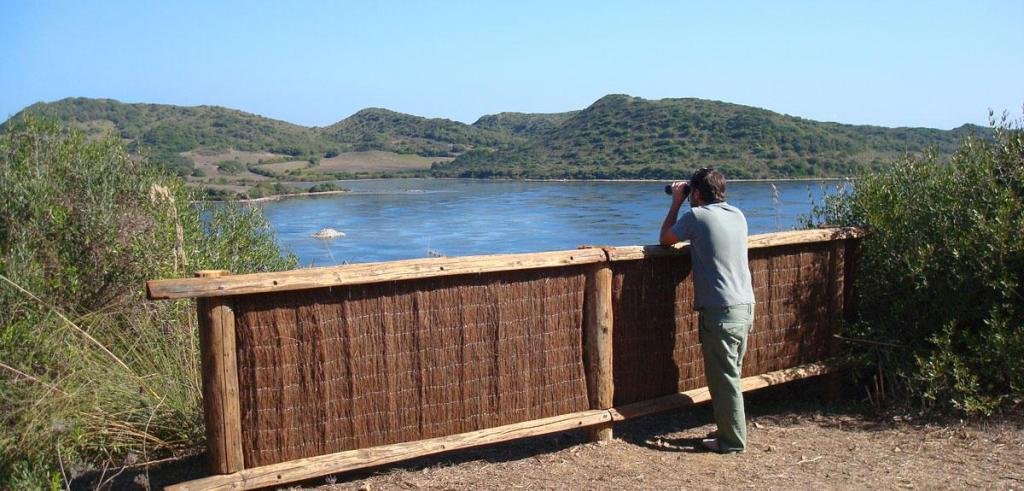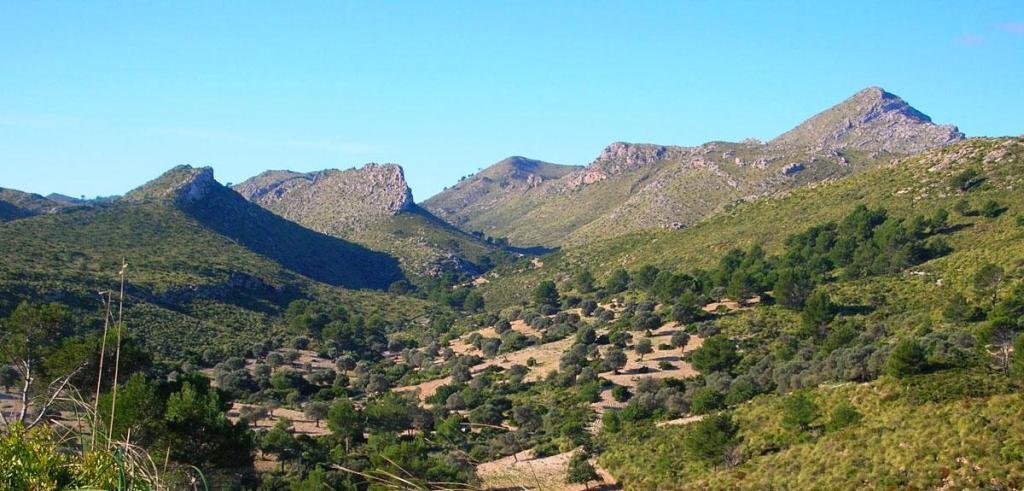The Cabrera Archipelago Maritime Terrestrial National Park
Points of interest The Cabrera Archipelago Maritime Terrestrial National Park includes over 90,000 hectares containing the whole of the Cabrera Archipelago and open water habitats, mainly over the Emile Baudot Escarpment which is prime habitat for many creatures, including whales, dolphins and turtles. It is located to the south of Mallorca, ten nautical miles from … Read more



